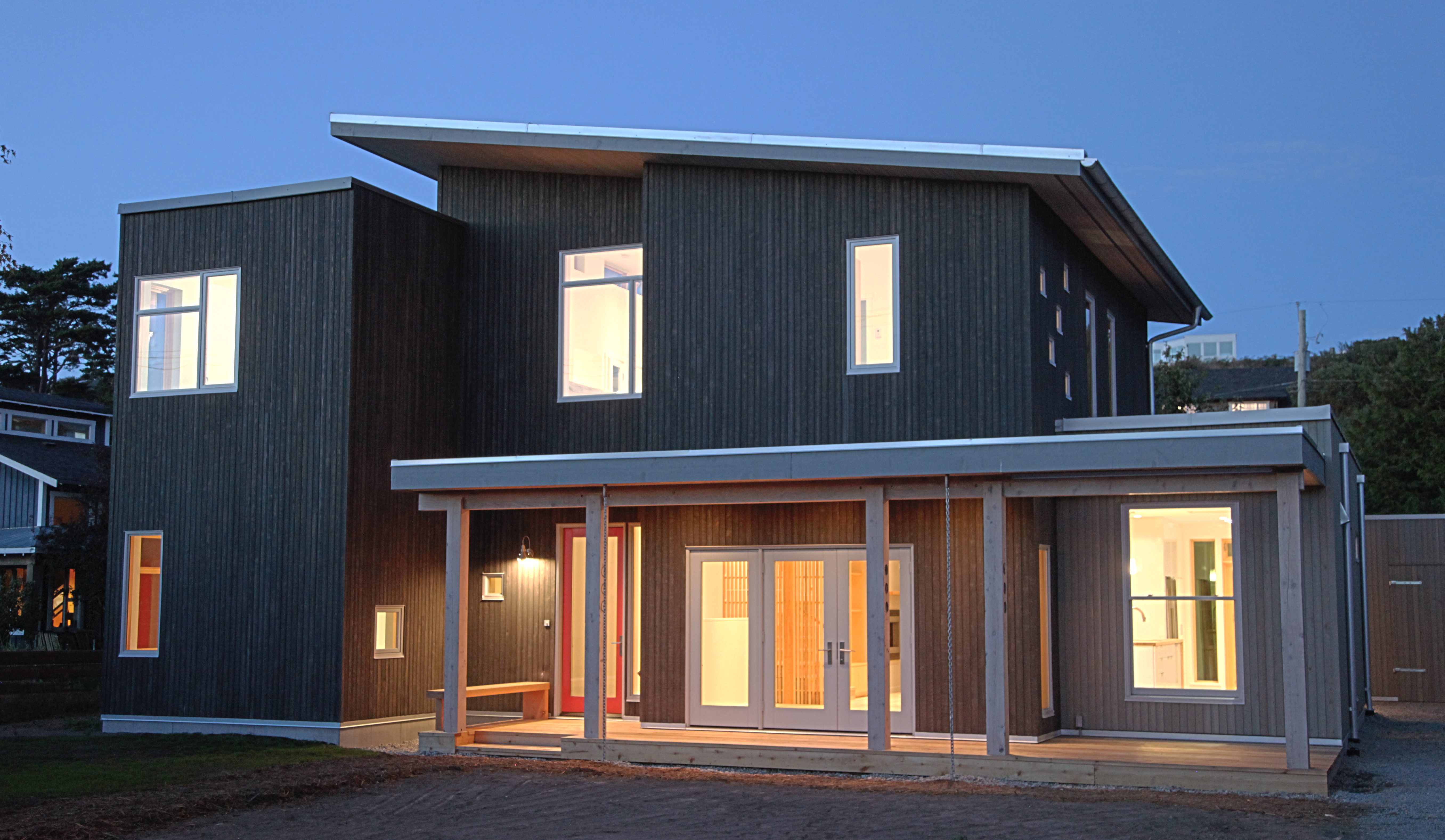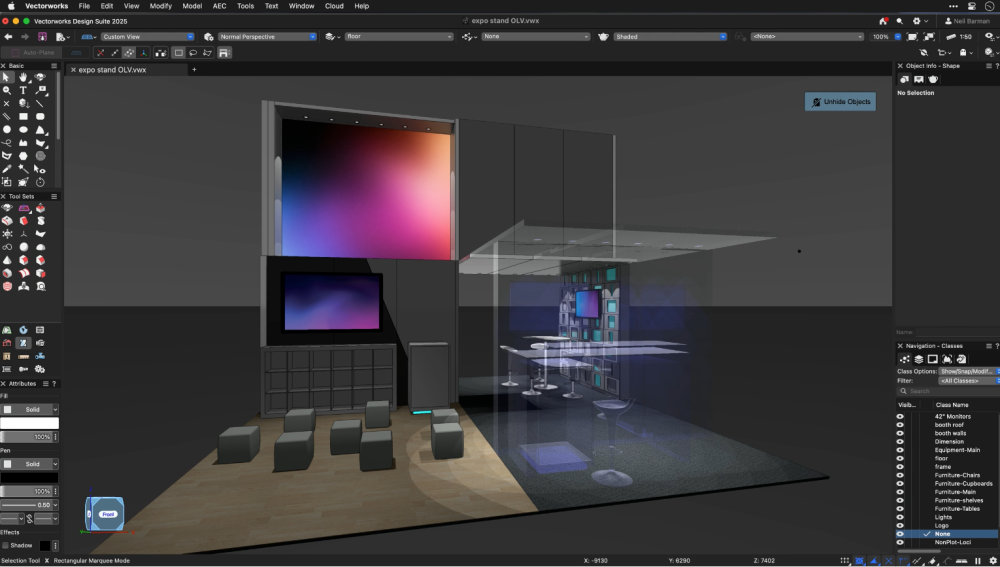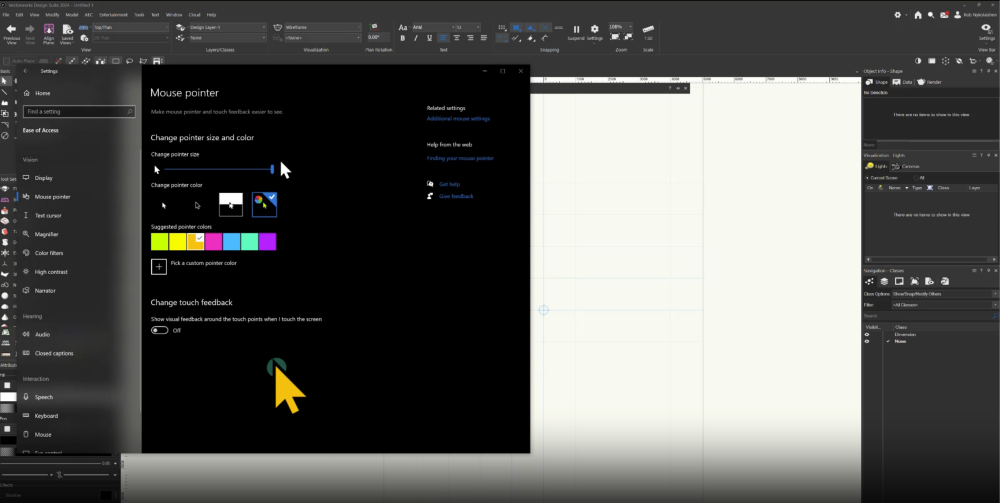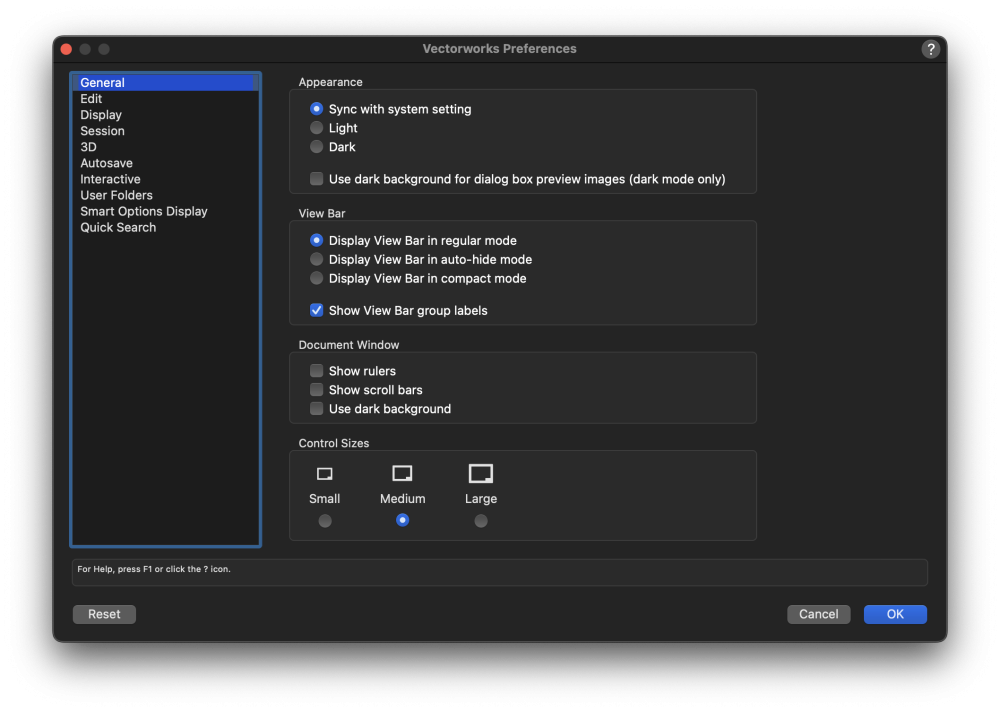-
Posts
686 -
Joined
-
Last visited
Content Type
Profiles
Forums
Events
Articles
Marionette
Store
Everything posted by Neil Barman
-
Leading up to the release of v2025 I had the opportunity to work with the new Object Level Visibility feature a lot. I soon discovered that what I thought would be a useful feature had many more applications that I had first imagined and it quickly became one of my favourite new features. Now that Object Level Visibility is available for you to use, I’m wondering how you do use it or how you envision using it as part of your design and documentation workflows. Please share your ideas below to help inform and inspire others. Thanks! (If you have other feedback that you would like to share about the feature, please visit our Public Roadmap and send us your feedback via the “Submit your idea” button.)
-
For anyone needing to contact Chaos/Enscape technical support, please use this link to reach them: https://enscape3d.com/contact-us/
-

Convert multiple viewports in a master file to 2d lines
Neil Barman replied to nahekul's topic in General Discussion
HI @nahekul, If I may ask, what are you trying to achieve? -
@E|FATo see the differences, after watching the AI Visualizer material that we have made, I recommend doing the course "Stable Diffusion: Tips, Tricks, and Techniques" by Ben Long on Linkedin Learning. What that course provided to me are tips and tricks to with our AI Visualizer of course but also a tremendous appreciation for having the AI Visualizer built into Vectorworks and not having to install/manage my own Stable Diffusion server or use a separate third-party service. Also, that course helped considerably to understand where such AI technology is currently at both in terms of its strengths and weaknesses.
-

reduce the awkwardness of subdivision modelling
Neil Barman replied to Kaare Baekgaard's question in Wishlist - Feature and Content Requests
Might I be able to suggest that, for the time being, you double-click the Subdivision object when you would like to edit it? That will activate the Edit Subdivision tool. It may even turn out to be quicker than moving your mouse over to the Reshape tool or reaching for that tool’s keyboard shortcut. -

Window-Wall System
Neil Barman replied to Archistyles's question in Wishlist - Feature and Content Requests
@Archistyles Thank you so much for this info and the sample files! They will help quite a bit as the feature takes shape (figuratively and literally). -
@anniemitch If the Windows mouse pointer settings are not what is causing the pointer size to change for you, I'm not sure what is. Please do know however there is no Vectorworks setting causing it. It's always worth asking the braintrust here, but in this case there's no Vectorworks setting for it. Incidentally, I have checked our system and I see no other mentions of this occurring for anyone else. Something to try, if you wish, would be to fully uninstall Vectorworks using the uninstaller in the application folder, then reinstall Vectorworks and make sure you've fully updated it too. That may help remove the issue in case Windows is somehow having a problem with your current installation of it. Beyond that, you may want to report it to your local Vectorworks technical support in order to log the issue. If they can replicate the issue then it can be investigated by our engineers.
-
@anniemitch I mentioned to a colleague of mine what you were seeing and he did some digging (He has a Windows computer. I don't.) It appears that Windows has some system-wide "mouse pointer" settings that do what you have shown in your screen recording. See the image below. He also confirmed that the cursor behaviour you are seeing is not related to Vectorworks' own options.
-
@anniemitch Thank you for the screen recording and photographs of your screen. They do help quite a bit... I see what you mean about the cursor being larger over the drawing area versus its size over the view bar. I am noticing too in the screen recording that your cursor changes colour when it moves between the drawing area and the UI palettes and view bar. Neither of these cursor effects are part of Vectorworks options – I suspect that you have some other installed software or system/accessibility setting affecting the cursor's appearance. I recommend looking into that and observing how your cursor behaves in other applications as well. Also, I noticed that during your screen recording it appears that you are clicking in one location to draw a rectangle but the rectangle is actually being drawing at another location. This may indicate that you have a GPU issue... and looking at the specs of the HP Spectre x360, that machine has limited power in this regard. (It seems to only have an integrated, low power graphics unit as opposed to an actual graphics card. Note that from the Vectorworks system requirements a minimum of 2GB of dedicated VRAM is recommended even for entry level work.) I recommend keeping an eye on that and if you encounter visual oddities, bear in mind that they may be related to the computer's specs.
-
Despite our best intentions to solve the mystery with the info we’ve got, we’ll need to see a screen recording (and ideally some computer specs/OS info) from @anniemitch in order to diagnose further.
-
Correct, which is why seeing a screen recording of the cursor changing should help determine what's going on. As described, the cursor size change doesn't sound like a Vectorworks setting to me. @E|FA do you recognize what is being described?
-
@anniemitch I don't recognize what you are describing as being a Vectorworks option. That sounds to me more like it's related to the Mac's accessibility options that Benson mentioned above. If you have tried adjust those Mac settings (assuming you're using a Mac) and it's still occurring, could you share a screen recording of it happening; that will help see what you are referring to.
-
It certainly has a been a while since I gave this thread a bump! In Vectorworks 2024 there was a significant addition to the Vectorworks Preferences... The General pane. If you haven't yet explored it, I recommend checking it out.
-

How to assign different textures to different sides of a symbol? SOLVED
Neil Barman replied to JonKoch's topic in Site Design
That’s great that you figured it out @JonKoch! If you would like to know more about the texture tool check out this page from the online help system. In terms of getting into creating textures (if we don’t already have the texture you’re hoping for in the Resource Manager) I’d recommend checking out this course at VWU and go to the section called “Creating textures” (though the entire course is worth doing IMO.) Bump and displacement are discussed. It’s presented using an older version of Vectorworks but applying the instructions to the current version should work fine. In addition, I suggest reviewing this page in the online help system too with particular attention on the “Bump shader parameters” video and the list of options below it. This page explains using an image in a texture shader. I hope that helps 🙂 -
Thanks @Matt Overton. It never hurts to submit additional enhancement requests even when a feature has just gone through a development cycle. As I have learned since joining the team five years ago, A LOT goes into the planning and building of each feature and sometimes not every aspect of a feature can be included in the first version. Receiving feedback about additional abilities that would be useful is much appreciated.
-

What is this and how do I get rid of it?
Neil Barman replied to Matt Basher's topic in General Discussion
@Matt Basher This page of the Vectorworks Help system should be able to shed light on the topic. -
Interesting ideas, @Matt Overton. If you wouldn't mind, could you submit detailed descriptions of the enhancements you're suggesting via the "Submit your Idea" button on the Public Roadmap? Thank you!
-
@Todd W Might you be able to share your actual Vectorworks file or a portion of it so that other can see how it's set up? This may help provide guidance.
-
Good news – Viewport Styles were added in Vectorworks 2024! See this video for more info… https://university.vectorworks.net/course/view.php?id=2873
-

OneDrive Support for Cloud Rendering
Neil Barman replied to lampiechris's topic in Wishes Granted / Issues Resolved
Good news @lampiechris: This was added in Vectorworks 2022 SP3. See this video for more info… https://university.vectorworks.net/course/view.php?id=2036 -

Vectorworks 2023 Service Pack 6 Available for Download
Neil Barman commented on JuanP's article in Tech Bulletins
It sounds like perhaps the "Vectorworks 2023 Updater" app was either manually or automatically removed (by another app that "optimizes space on your computer") from the "Vectorworks 2023" folder, because by default it is installed there and actually makes the update process very easy. Given that this app is missing, and perhaps other Vectorworks items may have been removed too, you may want to redownload and run the installer from your Customer Portal. -

2023 Benchmark Tool - How to display relative Elevations + NAVD88 Elevation?
Neil Barman replied to maxstk's question in Troubleshooting
I’m sorry that you feel that way. Nevertheless, if you do feel that the Elevation Benchmark page (or any other topic) in the Help System should have more information I do encourage you to use the Help System’s feedback form. -

2023 Benchmark Tool - How to display relative Elevations + NAVD88 Elevation?
Neil Barman replied to maxstk's question in Troubleshooting
Rest assured, feedback does make it to its intended team. I hope that the Help system feedback page and the Public Roadmap (along with its "submit your idea" form) show that Vectorworks is listening. As a customer myself for almost 20 years before joining the company I have seen my feedback bring about enhancements to the software and related systems. Granted, it didn't happen the day after I submitted my feedback –as teams an individuals are constantly and continually working on existing projects– but I was patient and confident that it would be considered, and it was. I would encourage you to submit your feedback in order to help make Vectorworks better for everyone. -

2023 Benchmark Tool - How to display relative Elevations + NAVD88 Elevation?
Neil Barman replied to maxstk's question in Troubleshooting
That's good feedback, @line-weight. Whenever you find a Help system page about which you'd like to provide feedback, there's a link at the bottom of the page where you can share your thoughts and suggestions:







